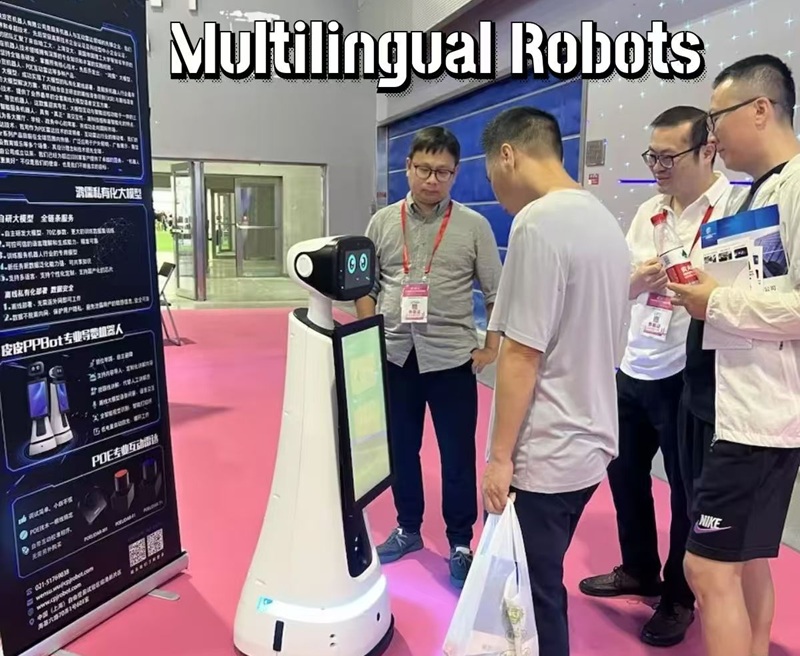The Future of Reception Robots: Transforming the Service Industry
As artificial intelligence (AI) and robotics technologies advance rapidly, reception robots are becoming a game-changer across various industries. Airports, train stations, schools, hospitals, government offices, banks, restaurants, and corporate lobbies are increasingly adopting these intelligent service robots to enhance operational efficiency and customer experience.

The Growing Market Potential for Reception Robots
The demand for reception robots is expected to surge in the coming years, thanks to their flexibility, scalability, and wide application scope. Their ability to autonomously guide visitors, provide information, and support customer service functions makes them indispensable assets in both public and private sectors.
Advantages of Reception Robots Over Traditional Services
1. Significant Labor Cost Savings
Reception robots can reduce the reliance on human staff, cutting down salary and training expenses, especially in high-traffic locations that require 24/7 operation.
2. 24/7 Consistent and Friendly Service
Unlike human receptionists, robots never tire or lose patience. They offer round-the-clock services with consistent politeness, enhancing brand reliability and visitor satisfaction.
3. Enhancing Customer Experience
The novelty and interactive nature of robots offer visitors a unique and engaging experience, increasing customer retention and positive impressions.
Conclusion
With features like autonomous navigation, intelligent human-robot interaction, and real-time data analysis, reception robots are well-positioned to dominate the future of service industries. Investing in this technology is no longer optional—it is becoming a necessity for forward-thinking organizations.





